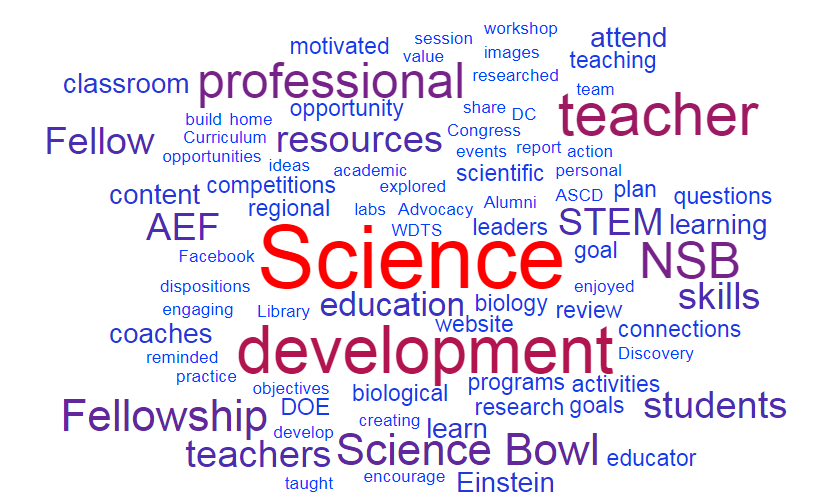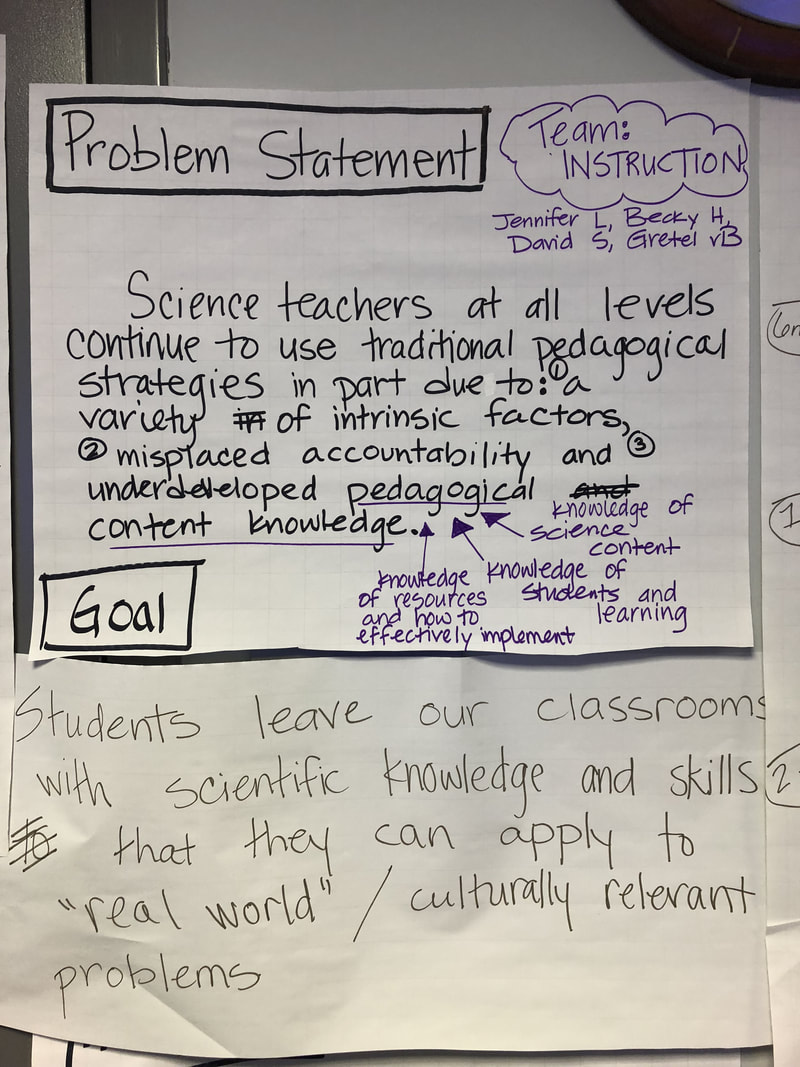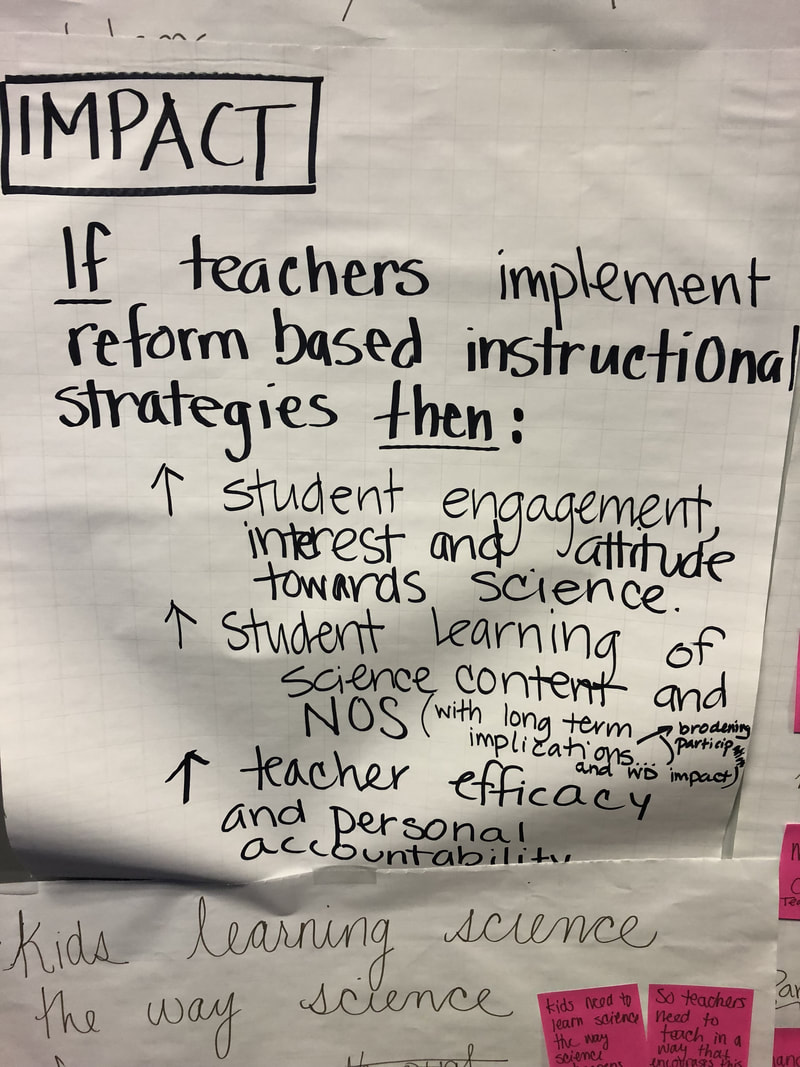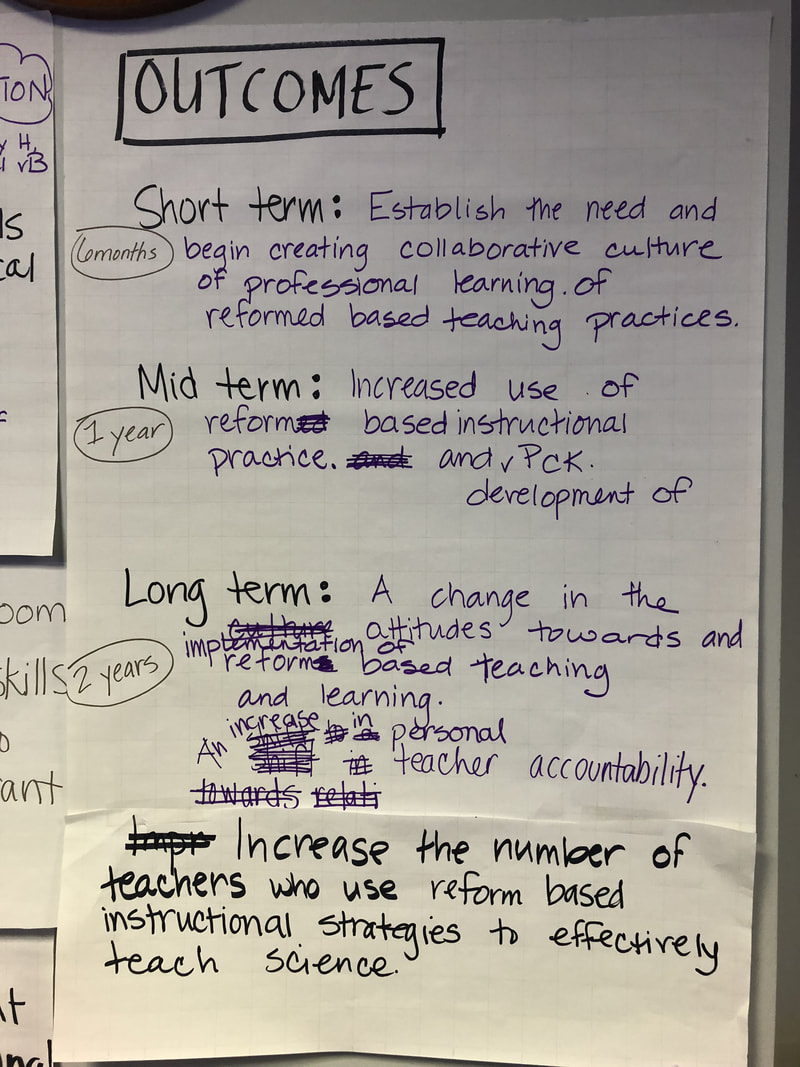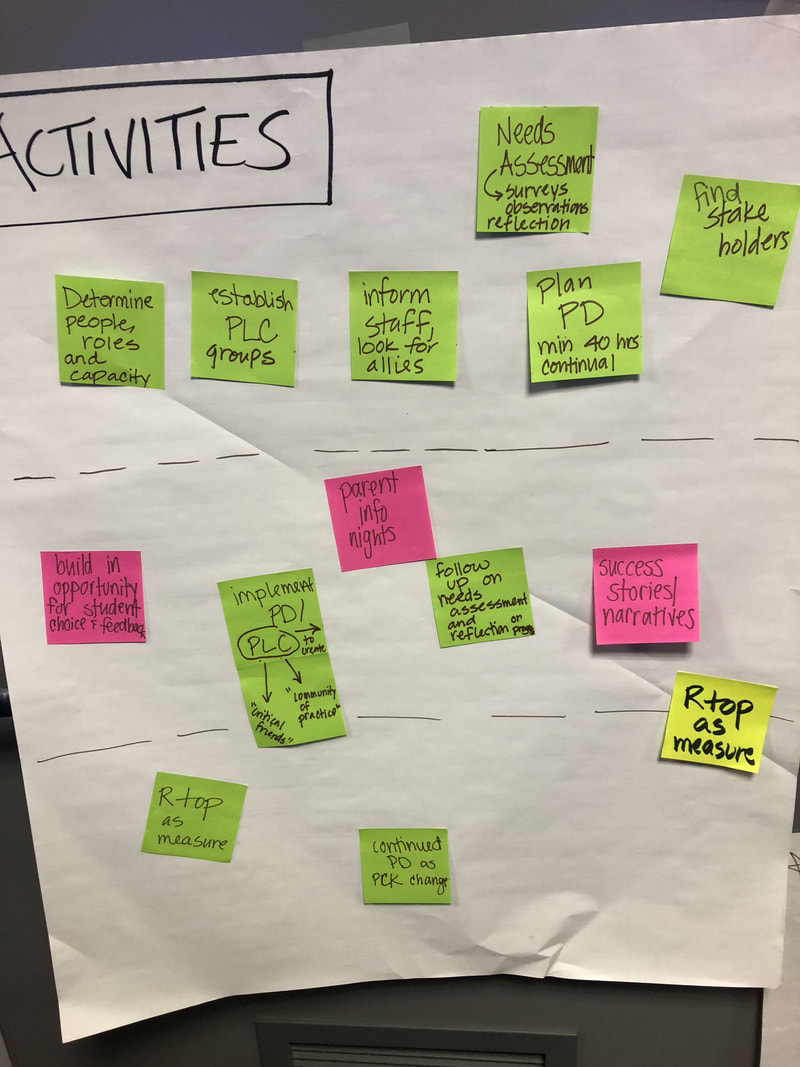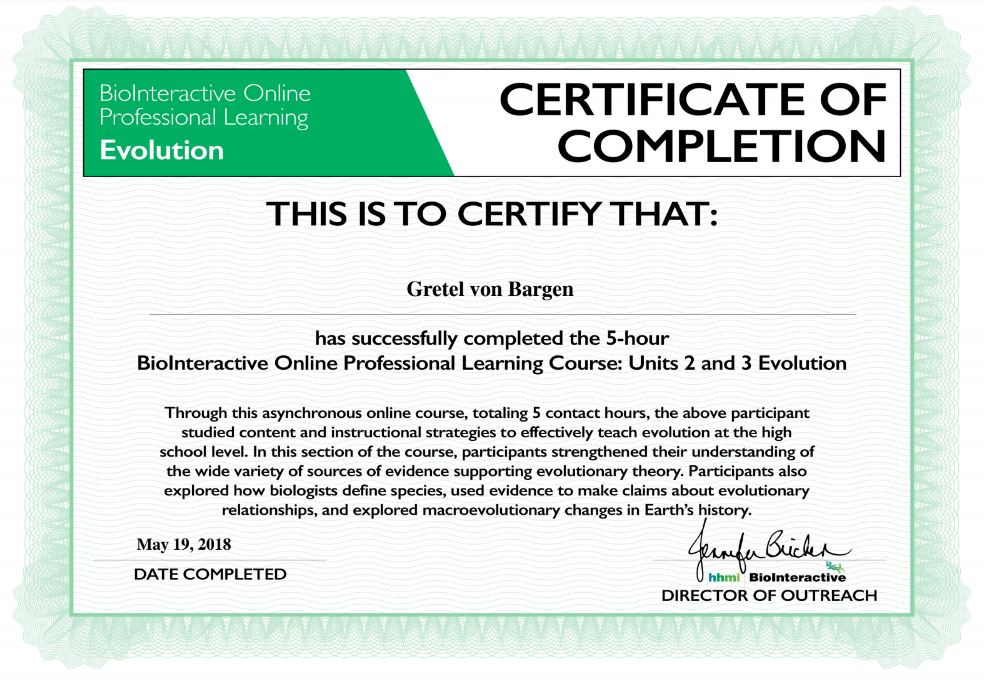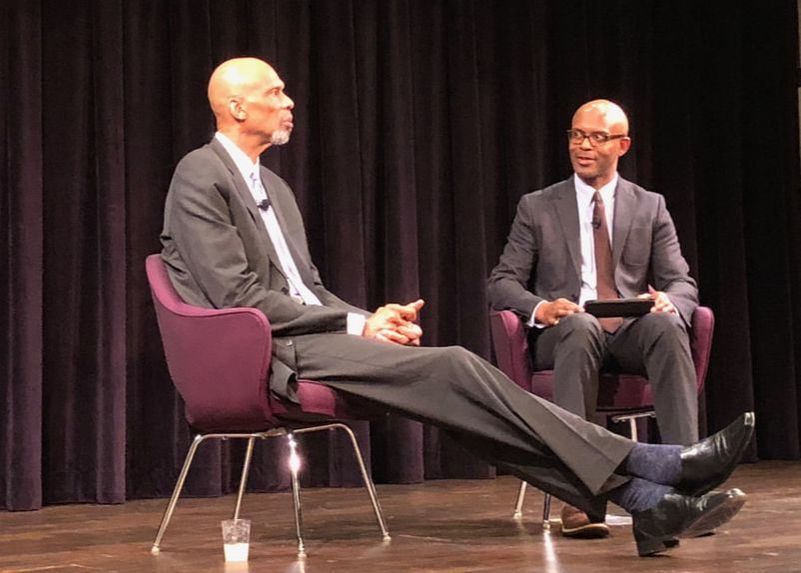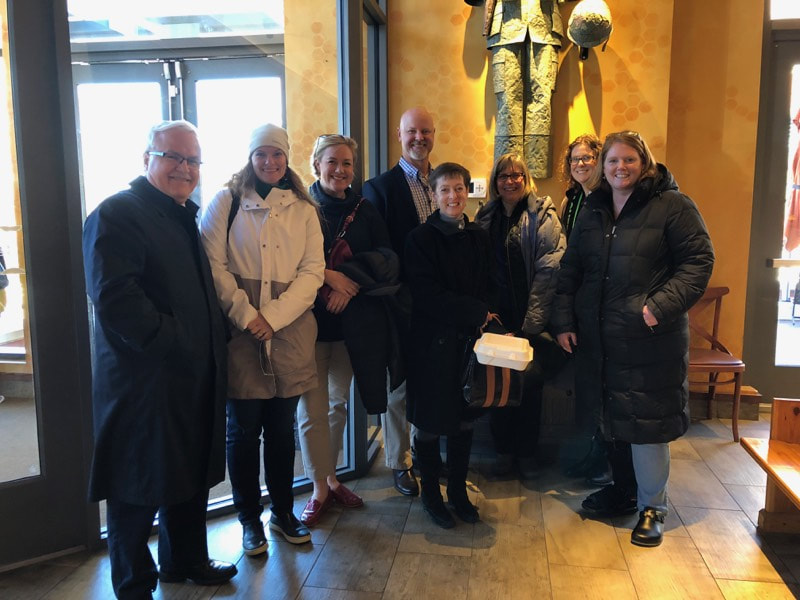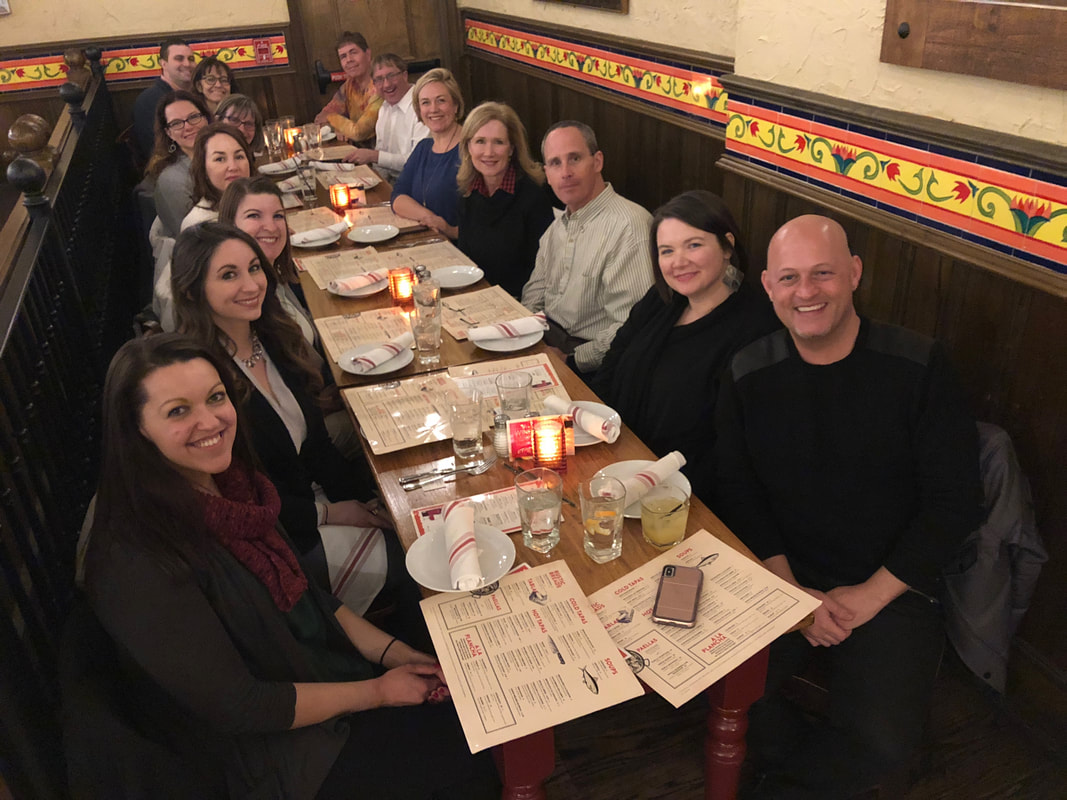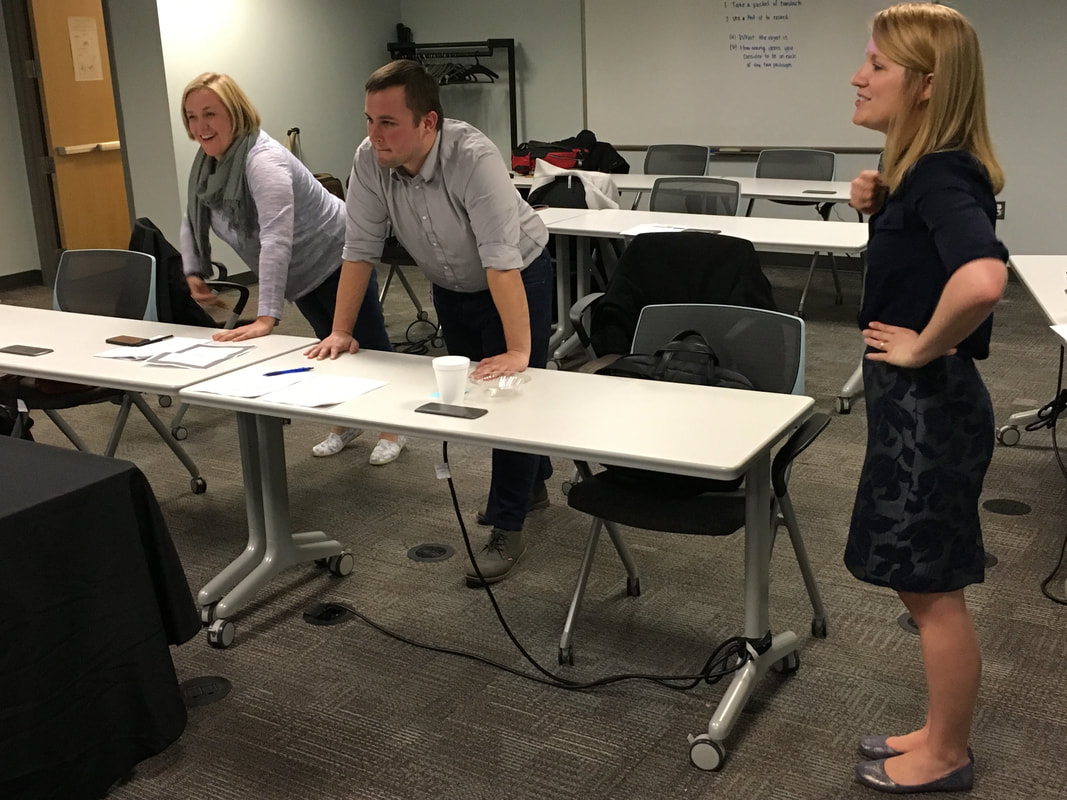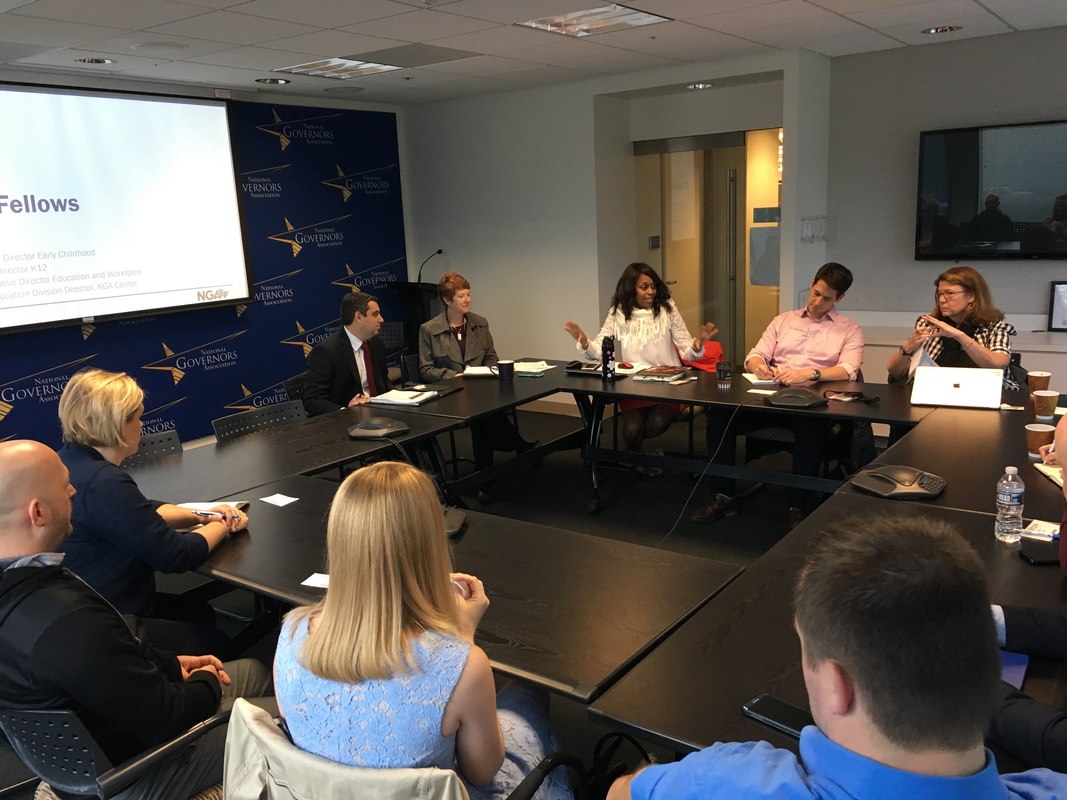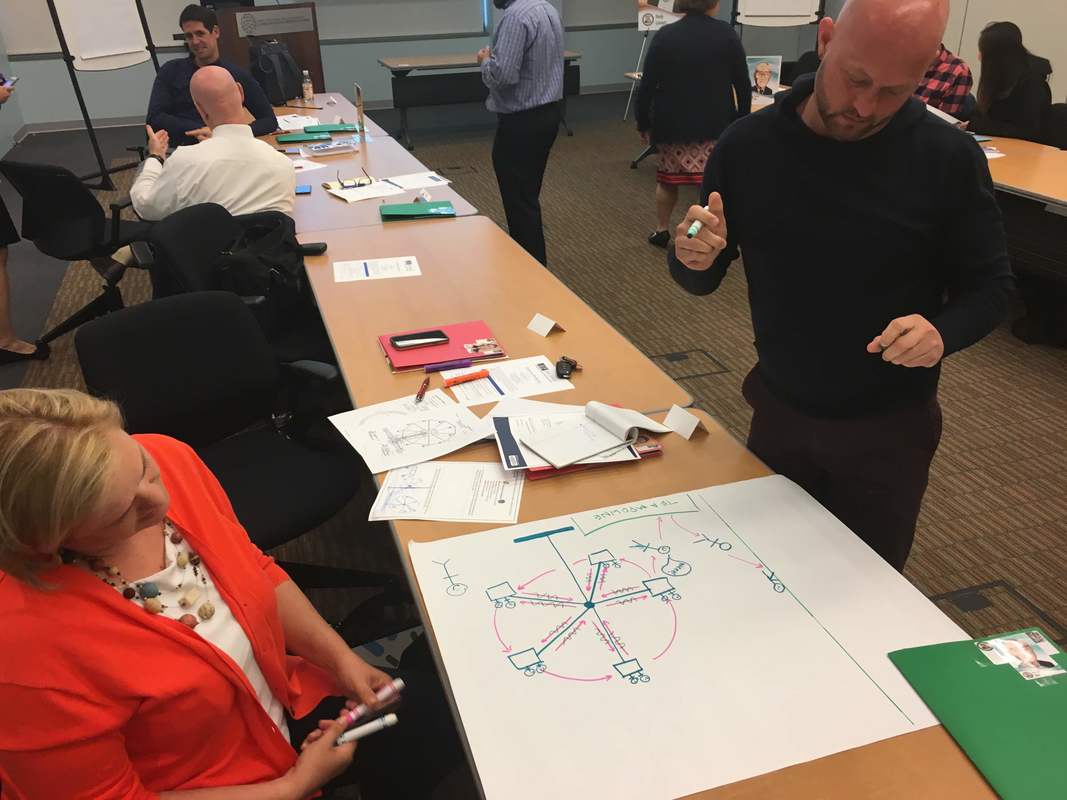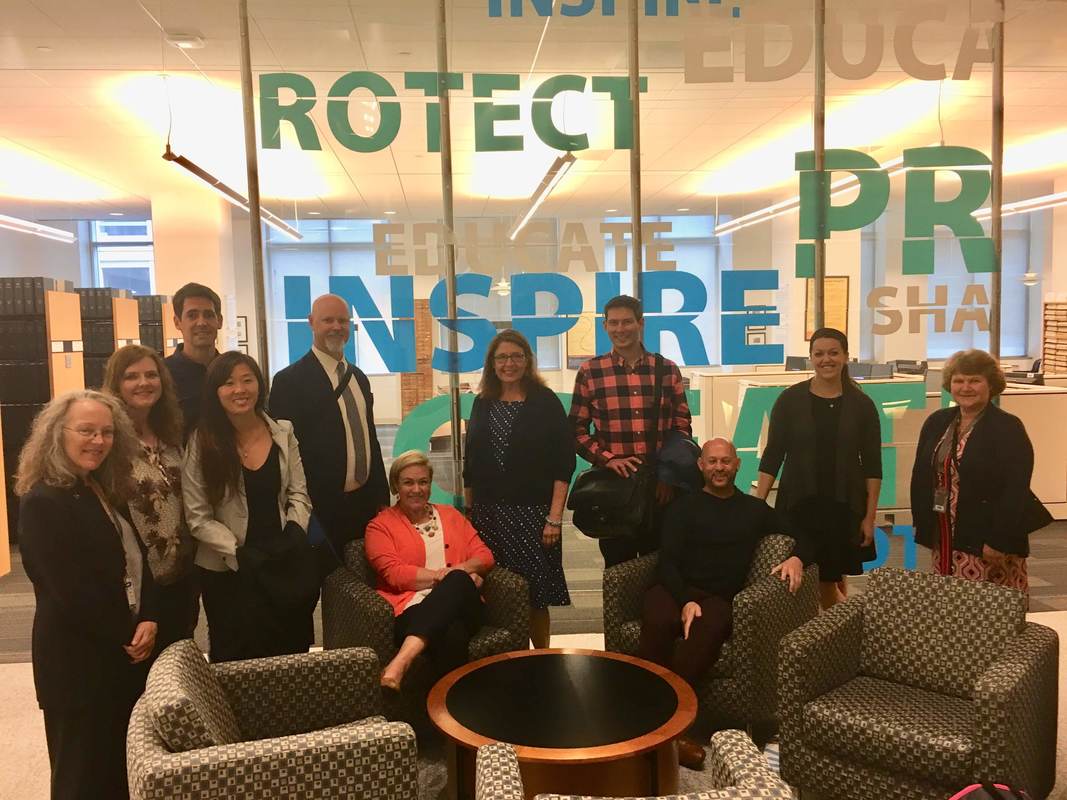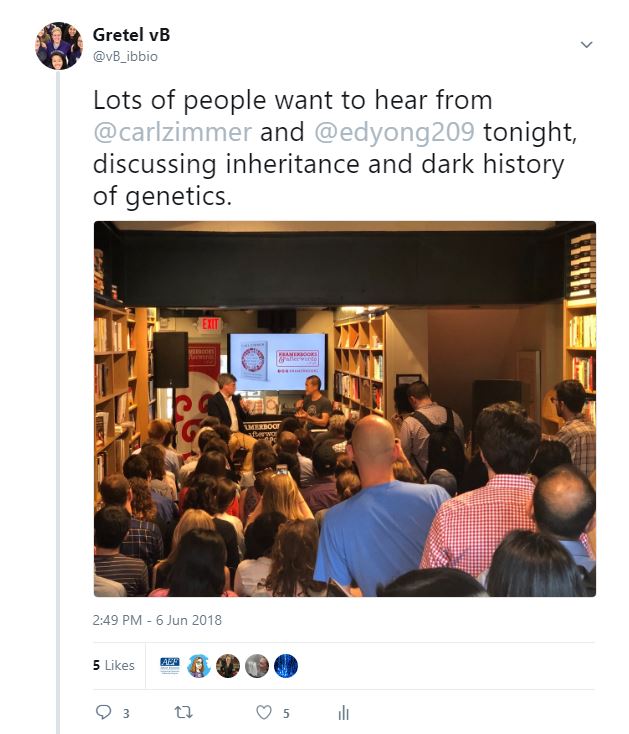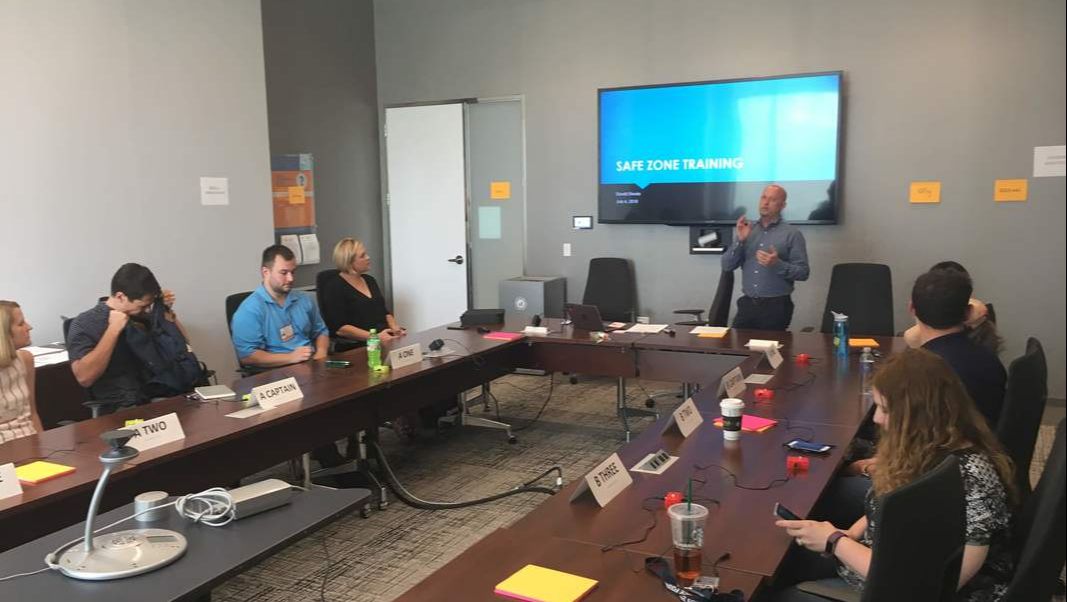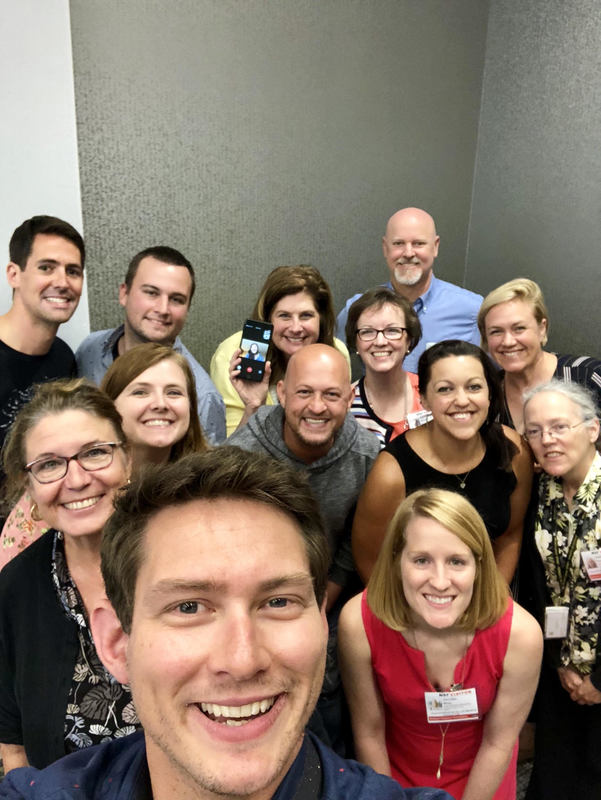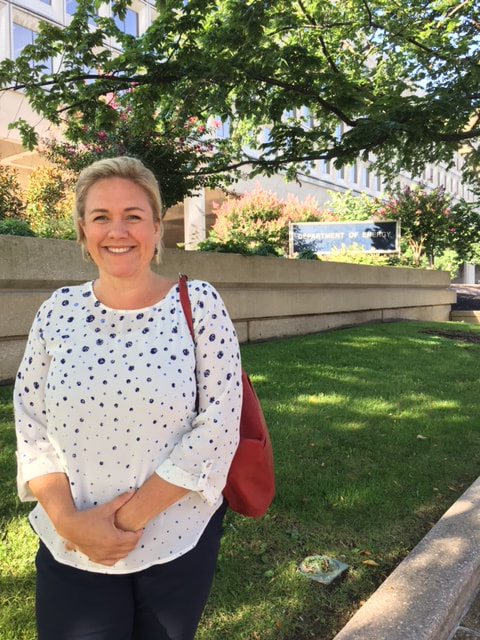|
Throughout the year, I’ve been keeping a running list of “things to blog about.” The list is too long and time time too short for me to write extensive posts for everything on my list. With just a week left as an Albert Einstein Distinguished Educator Fellow, I am going to use this entry to write about experiences about which I have not yet written so that I have a record of all I have had the opportunity to do and see. This post is mostly me word vomiting a brief description (some heavily pulled from formal agendas) of all I’ve done so that I’m less likely to forget as I return to the reality of teaching back home!
In January, we explored topics faced by teacher leaders and practiced using the logic model developed by the Association for Supervision and Curriculum Development (ASCD). We problem solved common issues found in school systems and used a ‘critical friends’ type protocol to refine the goals, activities, and measurements for impact to address the dilemma. As a critical friend coach in my home district, I especially enjoyed the deep thinking and collaborative problem solving in which we engaged.
Some of the work we completed using the ASCD protocol for Teach-to-Lead
Between January and March a small group of Einstein fellows worked in a collaborative group to complete a Stanford course on using and developing performance assessments related to the Next Generation Science Standards framework. The course involved learning about the three-dimensions of the NGSS and how to use performance assessments in the classroom. We developed a student focused, embedded performance assessment that had students using authentic epidemiological data about cancer rates around the United States to make and support claims about the effects of smoking on cancer development.
Between January and March I was also participating in a series of three online evolution course offered through the Howard Hughes Medical Institute. The courses, which required about 10 hours to complete, focused on the mechanisms of evolution, sources of evidence supporting evolutionary theory and patterns of evolution, including phylogenies and macroevolution. Not to sound arrogant, but honestly I can’t say I learned anything I didn’t already know. However I did make notes about how the information was being presented (scope, sequence) which will certainly inform my future evolution unit plans.
Carrick and I had a great February night at the National Museum of American History learning from Kareem Abdul-Jabbar about how invention, innovation and STEM education can be a powerful tool to fight social and racial inequalities and injustice. This was actually our second time seeing him; he was in Seattle a few years ago and we heard him talk about sticking out (literally) while he was in middle school and how his middle school experience really framed his perspective in life. He is humble, confident, smart and inspirational.
The cyclical nature of the Einstein Fellowship was evident when in March our current cohort of Fellows participated in the interview weekend for the 2018-2019 batch of teachers. I was reminded of the excitement and uncertainty of being a candidate and the true honor it is to have been selected as a Fellow. The applicants were incredible, accomplished educators and it was wonderful to be able to spend two days chatting about teaching and comparing teaching scenarios. I assisted with two days of interviews and can attest that the quality of educator who applies for this Fellowship is stellar. I’ve already made contacts with a few in the incoming cohort and I hope their experience is as rewarding as mine has been.
Also in March, fellow Fellows Kelly and Jennifer lead our group through a discussion and reflection on internalizing the growth (vs. fixed) mindset as educational leaders. We examined research, participated in activities steeped in educational psychology and examined high profile cases of the “Power of Yet” to deepen our knowledge of a familiar and longstanding concept in education.
In April the Fellows had the opportunity to collaborate with the teams at the National Governors Association and the National Conference of State Legislatures. We discussed educational equity and equitable access for all students, how to communicate with local and state policy decision makers and how to effectively communicate to drive change in education. A theme was the shared governance of education, from local districts to federal programs and how the various levels of government work together and drive education reform.
In May we visited the National Inventors Hall of Fame Museum and learned about intellectual property and trademarks at the United States Patent and Trade Office. We modeled the creation of an invention and learned the differences between patent, trademark and copyright. I especially liked learning about plant patents and the guidelines that must be followed for being credited with “inventing” a new plant. For example, the plant can not naturally occur in nature, must be asexually formed (ie through grafting) and can not be a tuber (no potato patents)! I am a big fan of the Hass avocado ,which originated from a single grafted tree produced by Rudolph Hass in 1926!! The tree was patented in 1935 (the first patent on a tree in the US). Today the Hass avocado accounts for 80% of avocados grown worldwide and is a billion dollar industry. However, Mr. Hass only made about $5,000 for his invention because cuttings from single trees have been propagated to form whole new orchards. Makes for a great story for when I am eating guacamole with all of my biology loving friends.
I’ve been trying to get out and about to take advantage of opportunities happening in DC. In May, my husband and I spent an afternoon at the National Portrait Gallery. I challenged myself to find all the portraits of scientists within the museum. According to their website, there are 31 scientists who have portraits on display in the museum. I couldn’t find them all, but I certainly enjoyed an afternoon taking on the challenge!
I was also about to go to a book signing and talk by two of my favorite science writers. Ed Yong is a science journalist who reports for The Atlantic and Carl Zimmer is an award-winner New York Times columnist and the author of 13 books about science. I couldn’t miss the chance to see him them in June when Carl was in town to promote his newest book, “She Has Her Mother's Laugh.” The room was packed, but I was able to see and hear Ed and Carl banter about genetics, science and science communication in the Trump era. It was an opportunity I wouldn’t have had if I wasn’t living in DC for the year.
Another highlight was the Safe Zone training provided by Fellow David in July. Safe Zone trainings are opportunities to learn about LGBTQ+ identities, gender and sexuality and to examine prejudice, assumptions, and privilege associated with different identities. I always appreciate open and honest conversations and the Safe Zone training was a good reminder that our impact as educators is reliant on us understanding our own identities (sense of who we are, where we come from, and what we believe) and having empathy for our students and their unique identities. Empathy is foundational for building bridges between individuals, understanding each others' complex emotions, gaining a diverse perspective, and leveraging relationships for learning and progress.
Throughout the Fellowship we’ve been hosting monthly “Twitter Chats.” A Twitter chat is a public Twitter conversation around one unique hashtag; we’ve been using #EinsteinFellows17. This hashtag allows anyone to follow or participate in the discussion. We’ve virtually chatted about the AEF program and application, the STEM educator pipeline, professional development opportunities for STEM teachers, STEM education and the media, the teacher leadership career ladder, STEM learning in informal settings, the achievement gap in STEM education, measuring teacher quality, makerspaces and social/emotional learning in the STEM classroom.
The Einstein Fellows met for the last time as a group last week at our “end of year roundtable” (which was not actually at a round table, which I found disappointing :-)). Our group reflected on our year and our development as leaders and educators. It was incredible to hear the many stories, experiences and opportunities that the the Einstein Fellowship has provided. The Einstein Fellowship is the like the pebble that triggers a ripple effect. It’s an an opportunity that causes change in teachers that will ripple across the “water” of the STEM education ocean.
|
Archives
July 2018
|
I give many of my IB Biology resources away, for the benefit of students and teachers around the world.
If you've found the materials helpful, please consider making a contribution of any amount
to this Earthwatch Expedition Fund.
Did I forget something? Know of a mistake? Have a suggestion? Let me know by emailing me here.
Before using any of the files available on this site,
please familiarize yourself with the Creative Commons Attribution License.
It prohibits the use of any material on this site for commercial purposes of any kind.
If you've found the materials helpful, please consider making a contribution of any amount
to this Earthwatch Expedition Fund.
Did I forget something? Know of a mistake? Have a suggestion? Let me know by emailing me here.
Before using any of the files available on this site,
please familiarize yourself with the Creative Commons Attribution License.
It prohibits the use of any material on this site for commercial purposes of any kind.
